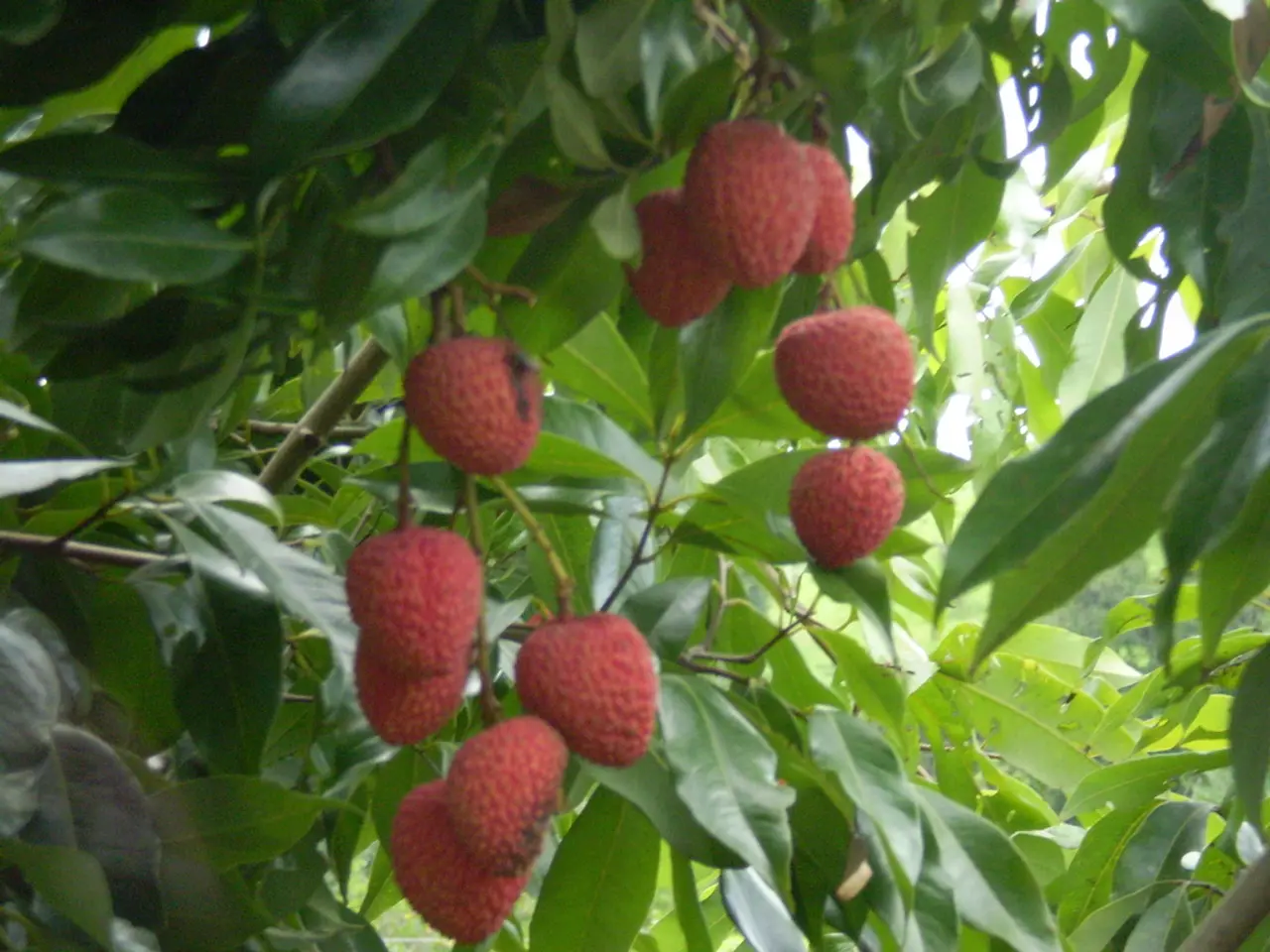Guide on Cultivating Strawberries in Pots: Simplified Approach for Home-Grown, Delicious Berries
Growing Strawberries in Containers: A Step-by-Step Guide
Growing strawberries in containers can be a rewarding and flexible gardening experience, allowing you to cultivate these delicious berries in various spaces such as patios, balconies, or small yards. Here's a comprehensive guide to help you grow strawberries successfully in containers.
Choosing the Right Container
Select a container that is at least 12 inches in diameter and 8 inches deep for each strawberry plant. Containers made of materials like terracotta, plastic, or wood are suitable. Ensure your container has proper drainage holes to prevent waterlogging.
Selecting the Right Strawberry Varieties
Choose suitable strawberry varieties for container gardening, such as Chandler or Camarosa. These varieties perform well in home gardens and container conditions. There are two main types of strawberries: June-bearing, which produce a large crop once a year, typically in late spring or early summer, and ever-bearing and Day-neutral, which provide smaller yields throughout the growing season, offering a continuous supply of berries.
Soil Preparation
Fill the container with high-quality potting mix enriched with organic matter or compost for nutrients and drainage. For the best results, use well-draining soil, ideally sandy loam with a pH of 6.0 to 6.5. Avoid heavy clay soils to prevent poor drainage. To prepare the soil, mix equal parts of peat moss or coconut coir, perlite or coarse sand for drainage, and compost or organic matter for nutrients.
Planting the Strawberry Crowns
Plant strawberry crowns so that the roots are covered but the crown is just above the soil surface.
Watering and Fertilizing
Water the plants regularly to keep the soil consistently moist but not waterlogged, especially during establishment. Maintain consistent watering and feed plants with balanced fertilizers formulated for strawberries or fruiting plants to encourage healthy growth and fruit production. A balanced, slow-release fertilizer or liquid feed every 4-6 weeks during the growing season is recommended.
Placing the Container
Place the container in a sunny location receiving at least 6-8 hours of direct sunlight daily, which is critical for flowering and fruiting.
Pest Management
Monitor plants regularly for common pests such as aphids, slugs, and spider mites. Use organic pest control methods such as insecticidal soap, neem oil, or physical barriers like netting to protect your strawberries if needed. Consider companion planting with herbs like basil or chives to deter pests.
Harvesting and Enjoying the Berries
Harvest strawberries when they are fully red and ripe for the best flavor. Regular harvesting encourages more fruit production.
In summary, growing strawberries in containers involves using sufficiently large pots, planting disease-resistant varieties, providing well-drained acidic soil, ensuring ample sunlight, consistent watering, nutrient feeding, pest monitoring, and timely harvesting for successful yields.
Considering the new lifestyle trends of home-and-garden enthusiasts, gardening strawberries in containers can be an excellent addition to any home-and-garden project, particularly for those with limited outdoor space. To ensure a productive and rewarding home-and-garden experience, choose suitable container materials, strawberry varieties, and soil mixtures as detailed in this guide.








